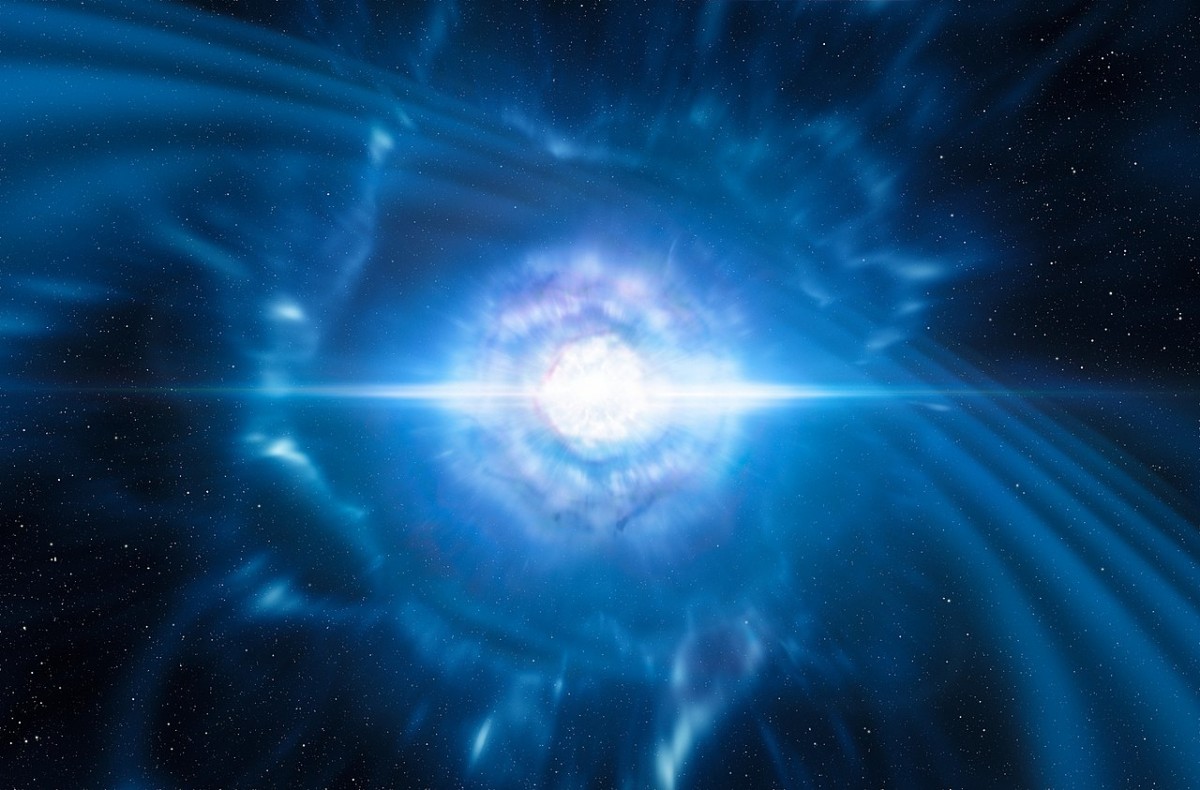Scientists have recorded the first-ever blitz - a radio burst during the transformation of a massive neutron star into a black hole

Researchers believe they have recorded the blitz for the first time. They used data from the LIGO and VIRGO gravitational wave observatories, as well as information from the Canadian Hydrogen Intensity Mapping Experiment (CHIME).
Here's What We Know
A blizzard is an event in which a supermassive neutron star turns into a black hole. Normally, centrifugal forces keep it from collapsing. These are created by the star's huge rotation speed. The centrifugal force prevents matter from falling beyond the event horizon.
In this case, the neutron star becomes a pulsar because of its huge rotation speed. However, after millions of years, the rotation slows down under the influence of the magnetic field. This causes centrifugal forces to fail to prevent the neutron star from turning into a black hole. At this point, the magnetic field pulls away from the source. The energy forms a burst of radio emission of a wide energy spectrum. This is the blizzard.

Astronomers have studied data from LIGO, VIRGO and CHIME. They learned that out of more than 20 neutron star mergers that have been detected in gravitational waves, only one coincided with a rapid burst of radio emission.
According to the scientists, the probability of a radio burst occurring in a star merger region is around 70%. The probability of a coincidence is 0.004. The mass of neutron stars before the merger exceeded the mass of the Sun by a factor of 1.35 and 2. After the merger, an object of 3.2 masses of our star appeared.
In this way, scientists could record a blip for the first time in human history. However, one cannot be completely sure about this due to the scant history of observations.
Source: Ars Technica